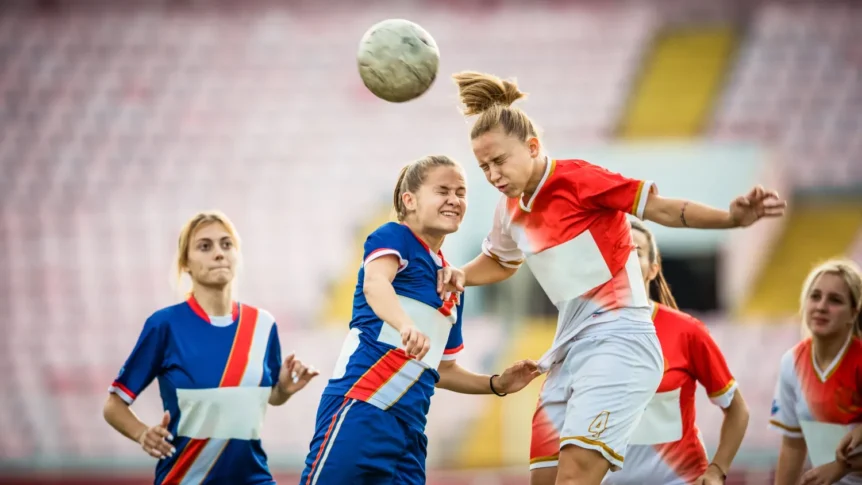Glaser J, Jaeckle S, Beblo T, et al.
Scand J Med Sci Sports. 2024; 34:e14626.
Introduction
The potential consequences of repeated concussions in sport are well documented. However, it remains unclear whether the cumulative impact of sports-related concussions differs between different contact sports. Therefore, the aim of the current study was to investigate the cumulative effects of sports-related concussions on clinical and neurocognitive health in different contact sports.
Materials and Methods
In a prospective multicenter study, we examined 507 (74 females) active professional athletes between 18 and 40 years of age from five different contact sports (soccer, handball, American football, basketball, and ice hockey). Data collection involved concussion history, clinical symptom evaluation, neurocognitive assessment, and the collection of other sports-related information. Composite scores were built for clinical symptoms (such as neck pain and balance disturbances) and for neurocognitive symptoms (such as memory and attention impairments).
Results
Athletes having suffered 3+ concussions in the past showed disproportionally higher clinical symptom severity than athletes with less than three concussions across all sports. The level of clinical symptom burden in athletes with 3+ concussions indicated mild impairment. The number of past concussions did not affect neurocognitive performance.
Discussion
Repeated sports-related concussions appear to have a cumulative impact on clinical—but not cognitive—symptom severity. Although clinical symptom burden in athletes with 3+ concussions in the past was not alarmingly high yet in our sample, increased caution should be advised at this point. Despite few exceptions, results are similar for different contact sports, suggesting a similar multidisciplinary concussion management across all types of sport.

